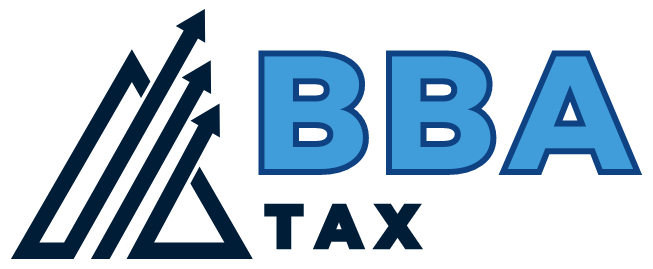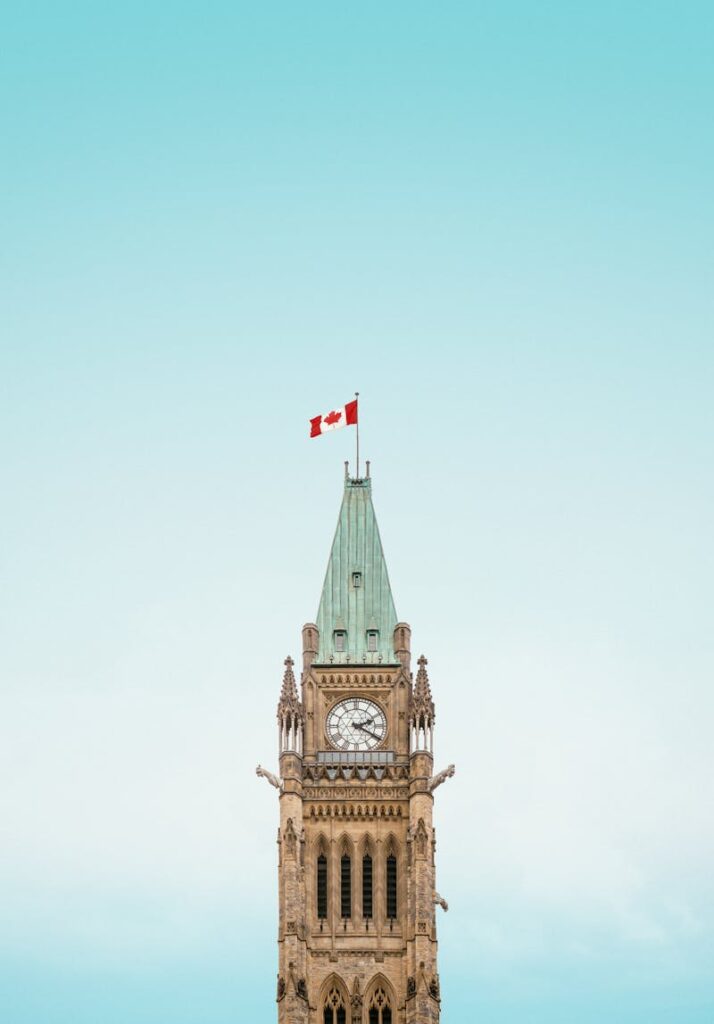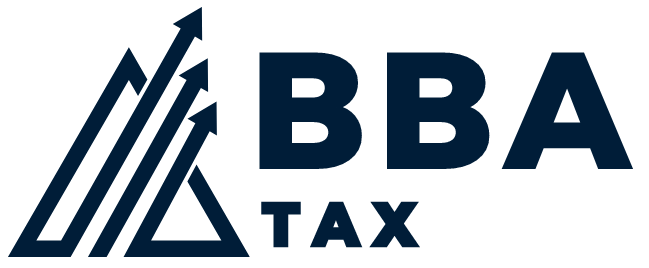Filing your personal taxes in Canada is an essential financial responsibility for all individuals. Whether you’re an employee, self-employed, or a student, understanding the process of tax filing can help you maximize deductions, claim eligible benefits, and avoid penalties. This comprehensive guide walks you through every step of filing your personal taxes in Canada, ensuring a smooth and stress-free experience.
Table of Contents
- Why Is Filing Personal Taxes Important?
- Step 1: Determine Your Filing Status
- Step 2: Gather the Necessary Documents
- Step 3: Choose How to File Your Taxes
- Step 4: Complete Your Tax Return
- Report Your Income
- Claim Your Deductions
- Apply for Tax Credits
- Step 5: Submit Your Tax Return
- Step 6: Pay Any Owed Taxes or Receive a Refund
- How to Pay Taxes Owed
- Step 7: Plan for Next Year’s Taxes
- How BBA Tax Can Help You File Your Personal Taxes
Why Is Filing Personal Taxes Important?
Filing taxes allows you to report your annual income to the Canada Revenue Agency (CRA) and ensures you receive any applicable benefits, refunds, and credits. It is also necessary to remain compliant with federal and provincial tax laws and avoid interest or penalties on unpaid taxes.
Step 1: Determine Your Filing Status

Your tax filing obligations depend on your employment type and residency status. In Canada, you must file a tax return if you:
- Earned income from employment or self-employment.
- Have investment income, rental income, or other taxable earnings.
- Want to claim tax credits or refunds.
- Need to contribute to the Canada Pension Plan (CPP) or repay government benefits.
Step 2: Gather the Necessary Documents
To ensure an accurate tax return, collect all relevant financial documents before you start. Common documents include:
- T4 Slip: If you’re an employee, your employer issues this slip, detailing your annual salary and tax deductions.
- T5 Slip: If you earned investment income, you’ll receive this from your bank or financial institution.
- T4A Slip: For pension, scholarships, or self-employment income.
- T2202 Tuition Slip: If you’re a student, this form allows you to claim tuition credits.
- RRSP Contribution Receipts: Shows your Registered Retirement Savings Plan (RRSP) contributions for deductions.
- Medical Receipts: Includes medical expenses that may be tax-deductible.
- Charitable Donation Receipts: If you donated to registered charities, you could claim tax credits.
- Business or Self-Employment Records: If you’re self-employed, keep track of business expenses, invoices, and receipts.
Step 3: Choose How to File Your Taxes
There are several ways to file your tax return:
- Online Using Certified Tax Software: The CRA offers a list of NETFILE-certified tax software programs, including free and paid options.
- Through an Accountant or Tax Professional: A professional tax accountant in Ottawa, like BBA Tax, ensures accuracy, maximizes deductions, and handles tax complexities.
- Paper Filing: You can complete a T1 General Tax Return and mail it to the CRA, but this method takes longer for processing.
Step 4: Complete Your Tax Return

Follow these key sections when filling out your tax return:
1. Report Your Income
- Enter all sources of income (employment, self-employment, rental, investments, etc.).
- Use T4, T5, T4A, and other slips to ensure accuracy.
2. Claim Your Deductions
Deductions reduce your taxable income, lowering the amount of tax you owe. Common deductions include:
- RRSP Contributions: Deductible up to your contribution limit.
- Childcare Expenses: Claim daycare, babysitting, or after-school care costs.
- Self-Employed Business Expenses: Home office costs, vehicle expenses, and other business-related costs.
- Union and Professional Dues: If required for your job.
- Moving Expenses: If relocating for work or school under qualifying conditions.
3. Apply for Tax Credits
Tax credits directly reduce the tax you owe. Key credits include:
- Basic Personal Amount: Every taxpayer can claim this non-refundable credit.
- Canada Workers Benefit (CWB): For low-income workers.
- Medical Expense Credit: Covers eligible medical expenses.
- Disability Tax Credit (DTC): For individuals with a qualifying disability.
- Home Accessibility Expenses: For seniors or persons with disabilities improving accessibility in their home.
Step 5: Submit Your Tax Return
Once completed, submit your tax return to the Canada Revenue Agency (CRA):
- Online via NETFILE: Fastest and most efficient method.
- Through an Accountant: A tax accountant can e-file on your behalf.
- By Mail: If submitting a paper return, send it to the CRA’s tax centre.
Step 6: Pay Any Owed Taxes or Receive a Refund

After filing, you’ll receive a Notice of Assessment (NOA) from the CRA detailing:
- Your tax refund amount.
- Any balance owed and payment deadline.
- Any changes made by the CRA to your return.
How to Pay Taxes Owed
- Online through CRA My Account: Securely pay via online banking.
- Pre-Authorized Debit (PAD): Set up automatic payments.
- In-Person at Your Bank: Pay at participating financial institutions.
- By Mail: Send a cheque or money order to the CRA.
Step 7: Plan for Next Year’s Taxes
To make tax season easier next year, consider:
- Keeping Organized Records: Store receipts and documents for at least six years.
- Adjusting RRSP Contributions: Contributing more to your RRSP can reduce taxable income.
- Updating CRA Information: Ensure your address and direct deposit details are current.
- Consulting a Tax Professional: A personal tax accountant in Ottawa, like BBA Tax, can provide tax-saving strategies.
How BBA Tax Can Help You File Your Personal Taxes
Filing taxes can be complex, especially if you’re self-employed, have multiple income sources, or qualify for various deductions. BBA Tax offers:
- Personalized Tax Services: Tailored solutions for your unique tax situation.
- CRA Audit Support: Assistance with audits, tax disputes, and assessments.
- Maximized Tax Savings: Ensuring you claim all eligible credits and deductions.
- Convenient Filing Options: Online, in-person, or remote tax filing services.
Final Thoughts
Filing your personal taxes in Canada doesn’t have to be stressful. By following this step-by-step guide, gathering the right documents, and seeking professional help from a trusted Ottawa tax accountant, you can ensure an accurate and efficient tax filing process.
Need Help with Your Personal Taxes? Contact BBA Tax Today!
đź“ž Call us at 613-722-6638
📧 Email us at admin@bbatax.ca
🌍 Visit our website to book an appointment.



